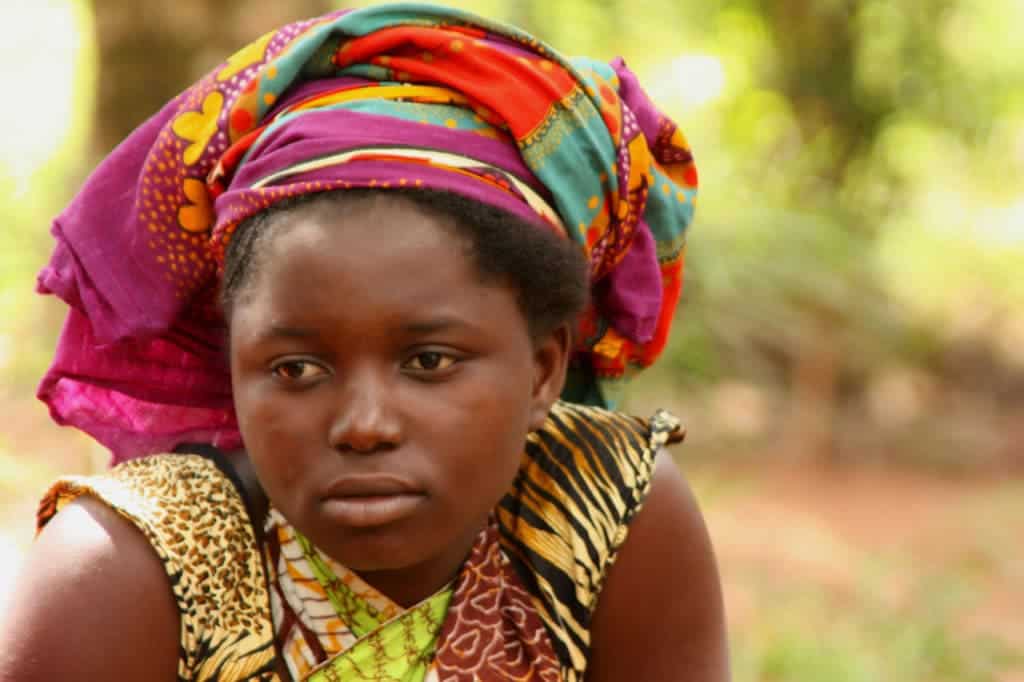The gap between the rich and the poor is widening year after year. For every $10 made, more than $8 went to the richest 1%, a report by Oxfam claims. Meanwhile, the bottom 50 percent of the world’s population saw zero increase in their wealth.

Unacceptable
As the saying goes, the rich get richer. This report not only confirmes the old adage, but it also shows that they’re getting much richer. The biggest culprits are tax evasion, firms’ influence on policy, and an erosion of workers’ rights, Oxfam says.
“Last year saw the biggest increase in the number of billionaires in history, with one more billionaire every two days,” the report reads. “There are now 2,043 dollar billionaires worldwide. Nine out of 10 are men. Billionaires also saw a huge increase in their wealth. This increase was enough to end extreme poverty seven times over. 82% of all of the growth in global wealth in the last year went to the top 1%, whereas the bottom 50% saw no increase at all.”
The world is becoming more and more productive, and the world’s wealth is increasing accordingly — but it isn’t being distributed uniformly. This is where inequality kicks in.
Resources aren’t allocated uniformly in a society, that’s only normal, but excessive inequality can be devastating for society.
Not only do people on the bad side of social inequality (which are almost always the vast majority of the population) struggle for a decent livelihood, but social inequality also tends to bring about a number of social problems. Property crime and violent crime tend to rise, education takes a blow, and even economic development slows down. A 2016 study by Oxford researchers has even shown that income inequality can be a threat to basic democracy.
“The billionaire boom is not a sign of a thriving economy but a symptom of a failing economic system,’ said Winnie Byanyima, executive director of Oxfam International.
In other words, if the wealth tends to become extremely polarized, everyone in society suffers — everyone but the super rich, that is.
“Because of high and rising inequality within countries, the top 1% richest individuals in the world have captured twice as much growth as the bottom 50% since 1980. Wealth is skyrocketing at the top and becomes entrenched. Oxfam’s research, which describes these worrying trends, is essential reading. Now is the time to reward work, not wealth,” commented Gabriel Zucman, University of California, Berkeley.

Working the numbers
Oxfam is an international confederation of charitable organizations focused on alleviating poverty. Oxfam’s report is based on data from Forbes and the annual Credit Suisse Global Wealth datebook, which follows the planet’s financial distribution since 2000.
Their study has not been peer-reviewed and some queries have been raised about the validity of their figures, though independent researchers such as Zucman support the report.
However, some have brought the methodology into question, as well as the validity of their figures. While these aspects can be brought into question, there’s no denying that social inequality is running rampant through the world. The example below is revealing.
“When I got pregnant, they let me work in the warehouse. There were many boxes full of shoes, and my job was to put the stamp on. Those shoes would fit my son perfectly, they are very nice. I’d like my son to have shoes like these, but he can’t. I think he’d want them, and I feel sorry for him. The shoes are very pretty. You know that one pair of shoes that we make is valued more than our whole month’s salary.” – Lan, garment worker, Vietnam.
This year, Oxfam also said 42 people hold as much wealth as half of the world’s poor, revising last year’s figure of 61. That’s right, a handful of people hold as much wealth as the poorest 3.8 billion. Talk about inequality.


